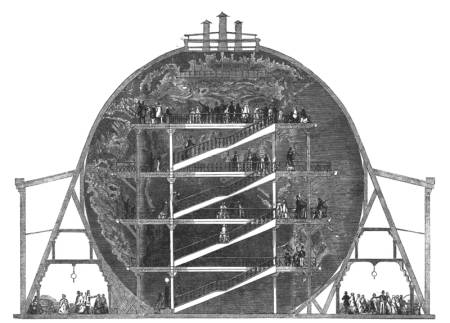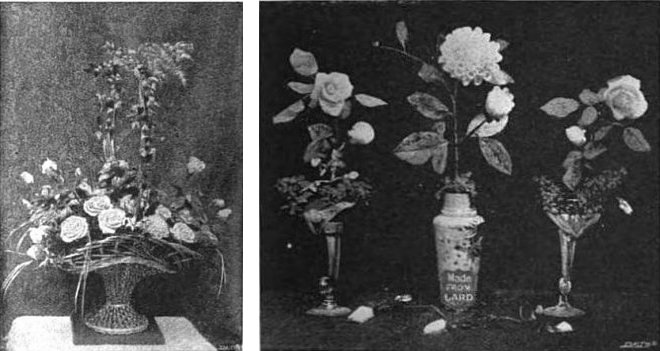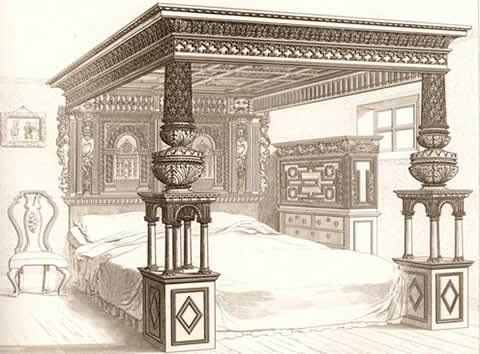When Iowa attorney T.M. Zink died in 1930, his will disinherited his wife and daughter and left a sum to be invested for 75 years, when Zink calculated it would total about $4 million. This would be used to endow a rather unique library:
- “No woman shall at any time, under any pretense or for any purpose, be allowed inside the library, or upon the premises or have any say about anything concerned therewith, nor appoint any person or persons to perform any act connected therewith.”
- “No book, work of art, chart, magazine, picture, unless some production by a man, shall be allowed inside or outside the building, or upon the premises, and this shall include all decorations for inside and outside the building.”
- “There shall be over each entrance to the premises and building a sign in these words: ‘No Woman Admitted.'”
- “It is my intention to forever exclude all women from the premises and having anything to say or do with the trust estate and library. …”
Evidently this was a considered decision. “My intense hatred of women is not of recent origin or development nor based upon any personal differences I ever had with them but is the result of my experiences with women, observations of them, and study of all literatures and philosophical works within my limited knowledge relating thereto.”
If Zink’s plan had gone through, the library would be opening its doors just about now. Unfortunately for him, his daughter Margretta had him declared of unsound mind — and the court gave everything to her.




